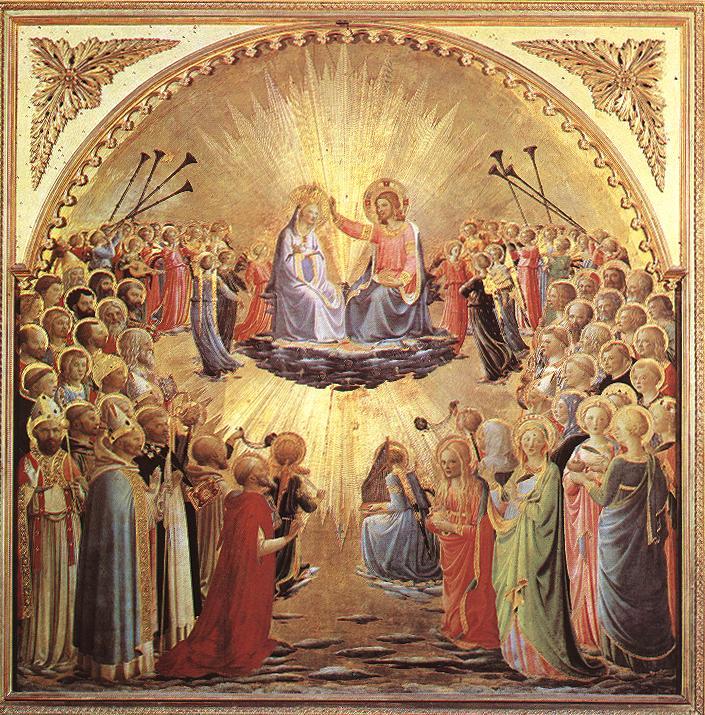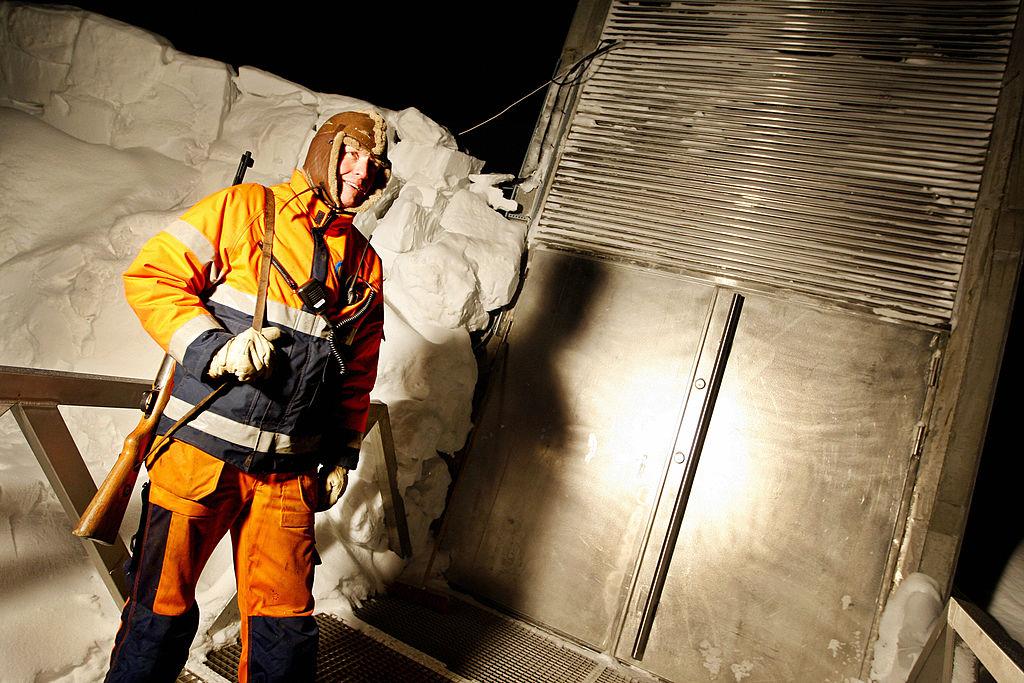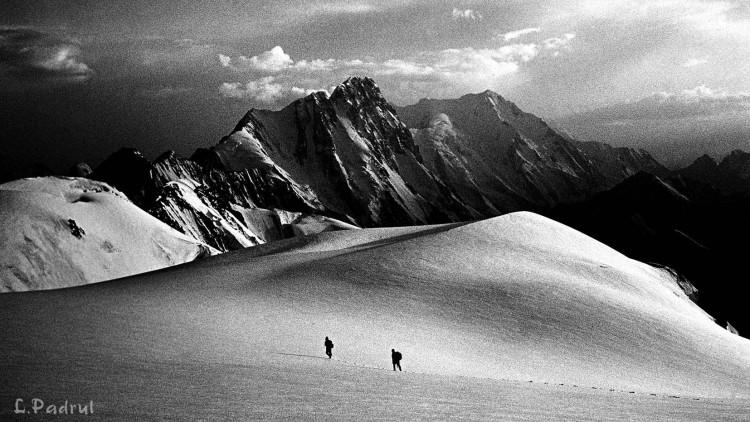Art Exhibit: A World of Light
For the first time in France, until Jan. 16, an exhibition is dedicated to one of the greatest painters of the Italian Quattrocento.

Fra Angelico (1387–1455), “The Coronation of the Virgin,” tempera on wood, 1430–1435, Galleria degli Uffizi (Florence, Italy). Artrenewal.com
|Updated:






